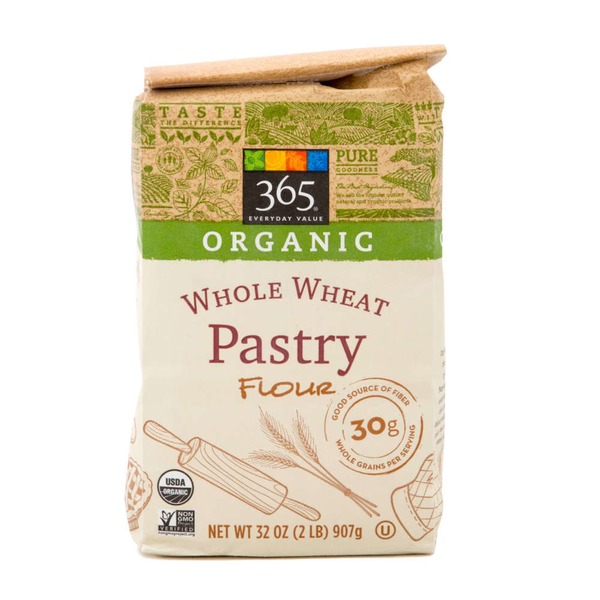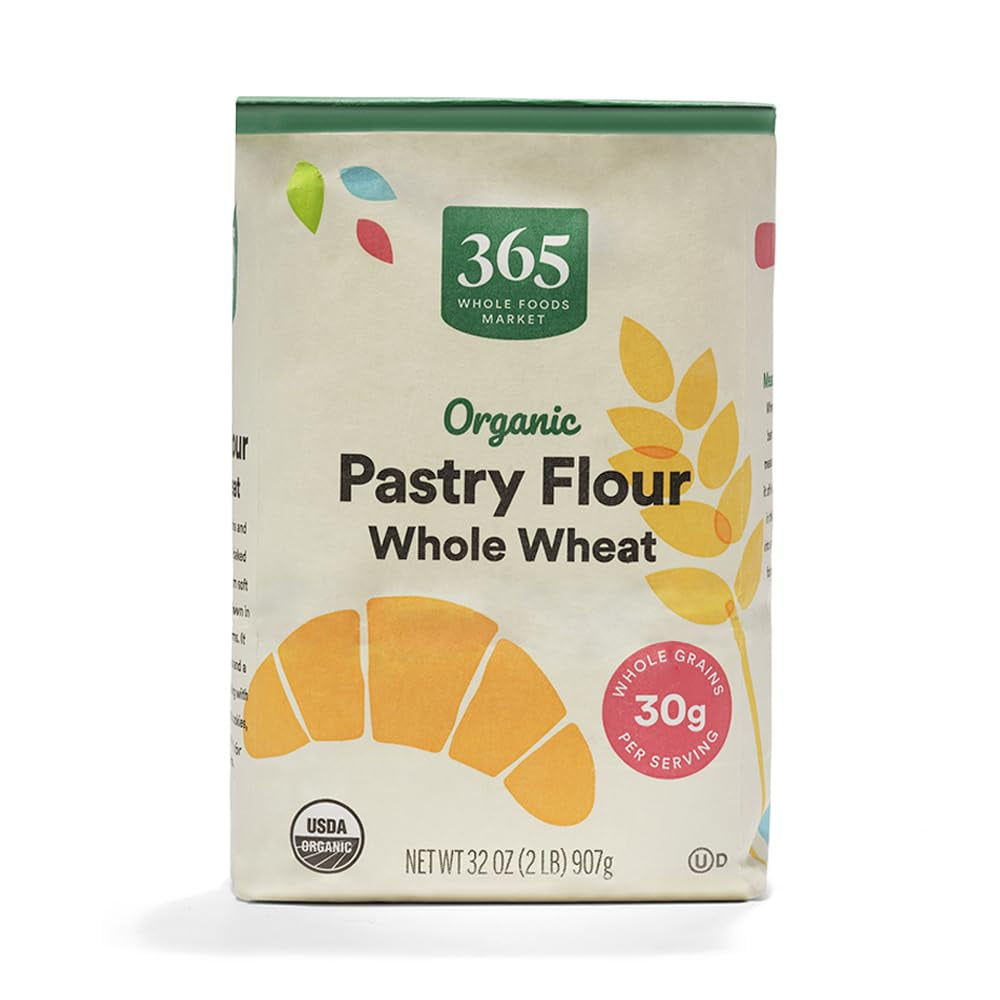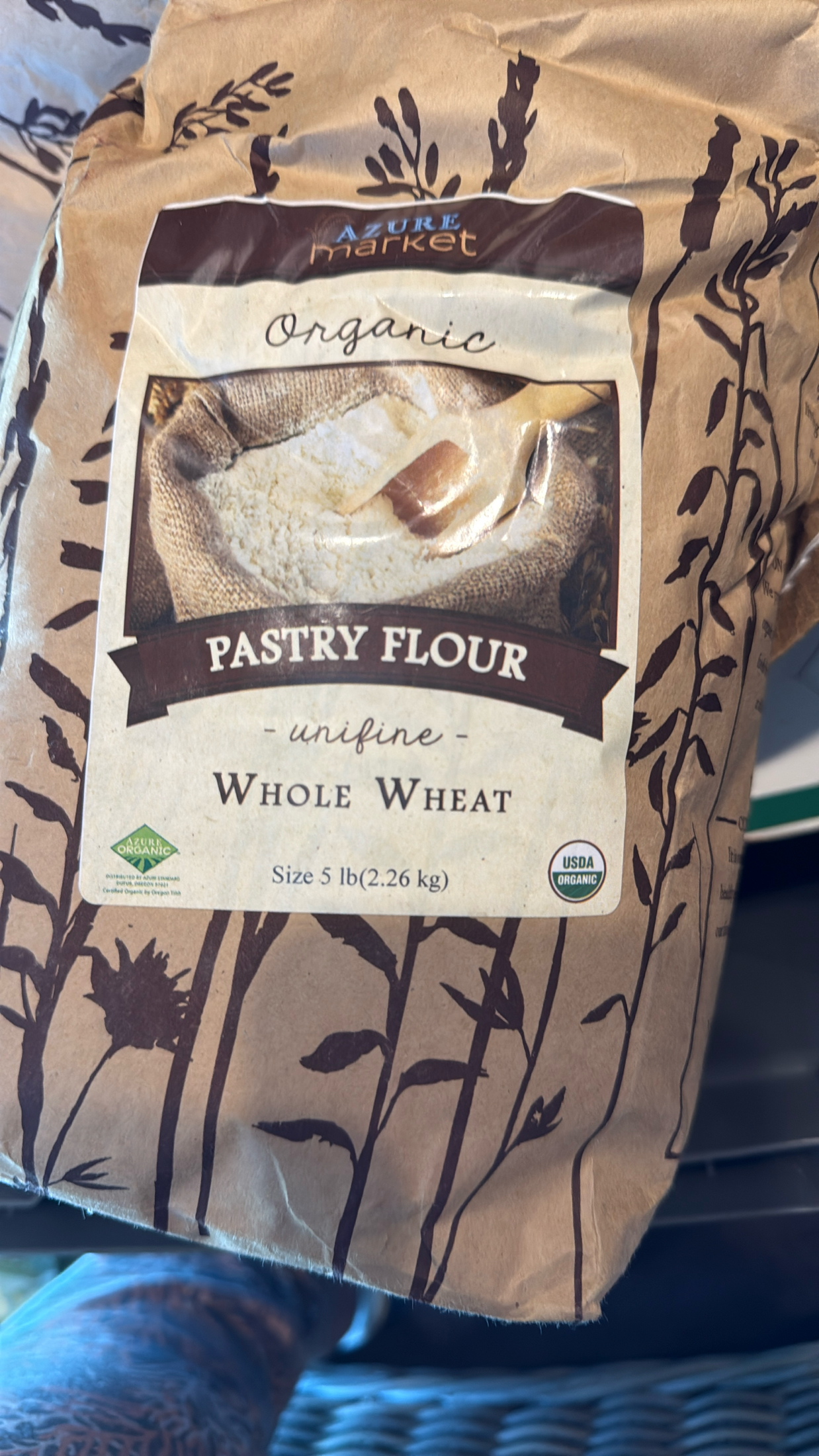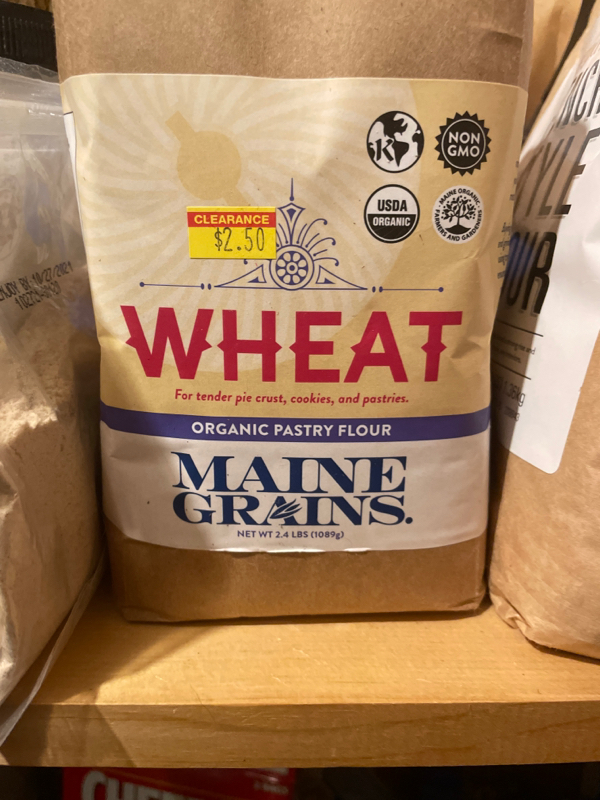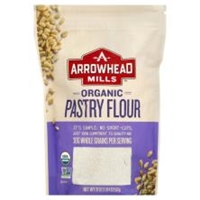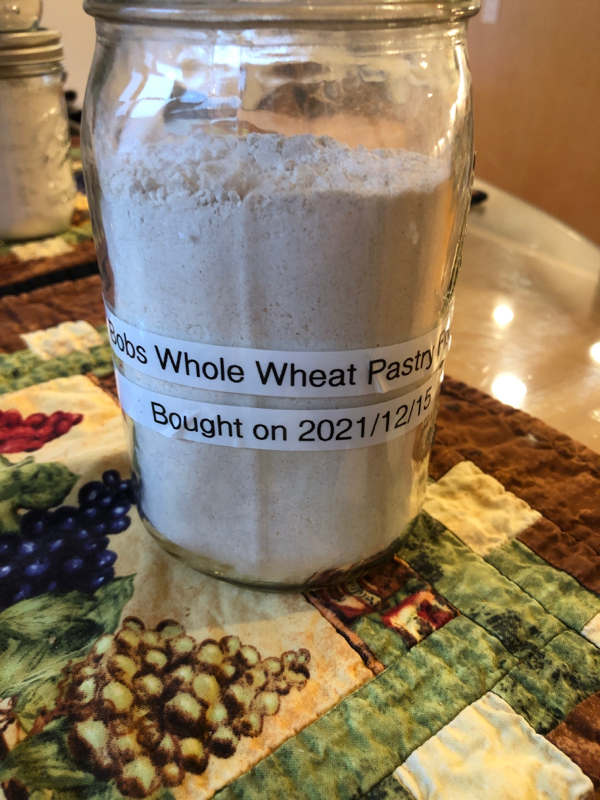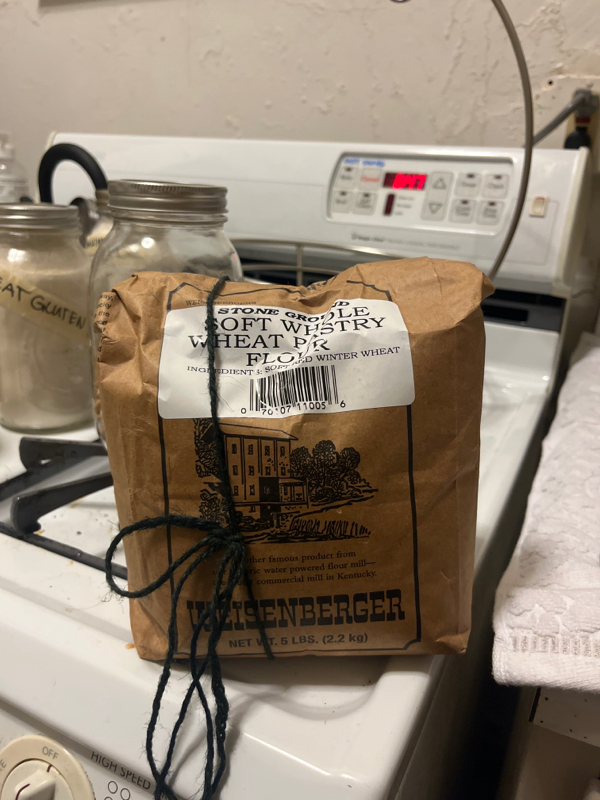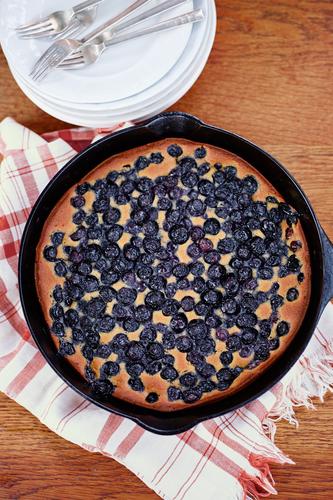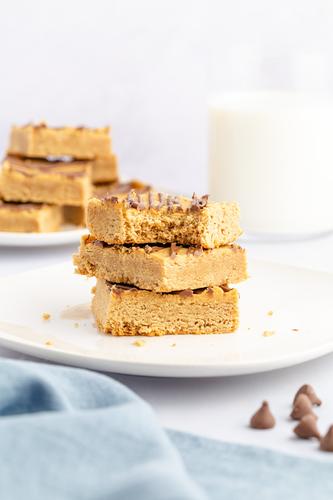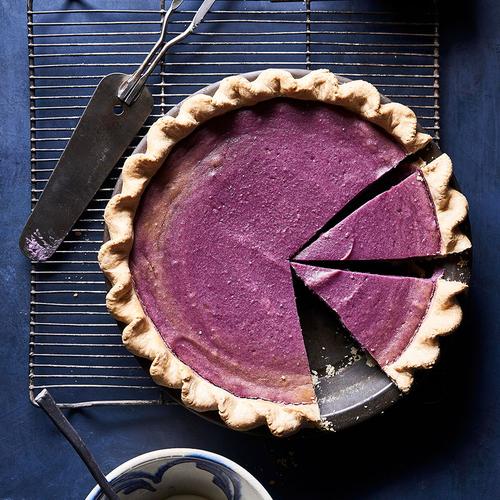DESSERTS
BREAKFAST AND BRUNCH
BREADS
Whole Wheat Pastry Flour
Whole wheat pastry flour, also known as graham flour, is a finely milled flour made from the whole grain of soft wheat. It retains the nutrient-rich and fibrous bran and germ layers, providing a healthier alternative to traditional white pastry flour. Its light texture and mild flavor make it versatile and perfect for a range of delicate baked goods and pastries.
Ideal for home cooks and consumers who seek a more nutritious option while not sacrificing quality, whole wheat pastry flour is a popular choice for recipes including pie crusts, cookies, cakes, muffins, and pancakes. Its ability to create tender and flaky products while maintaining a subtle nutty flavor makes it a useful and flavorsome ingredient for sweet and savory dishes alike.
85%
CARBS
4%
FAT
12%
PROTEIN
47 Whole Wheat Pastry Flour Products
365 by Whole Foods Market, Flour 100 Percent Whole Wheat Pastry Organic, 32 Ounce
Bob's Red Mill Whole Wheat Pastry Flour
100% Stone Ground Whole Wheat Pastry Organic Flour
2X - WF365 , Flour 100 Percent Whole Wheat Pastry Organic, 32 Ounce
Pastry Flour unrefined whole wheat
Wheat Organic Pastry Flour
Organic Pastry Flour
Whole Wheat Pastry Flour
Soft Whole Wheat Pastry Flour
Hodgson Mill Organic Whole Wheat Pastry Flour, 28-Ounce (Pack Of 6)
Used In 14 Recipes
Whole Wheat Pastry Flour Is Frequently Used With
Whole Wheat Pastry Flour FAQ
Whole wheat pastry flour, also known as graham flour, is a finely milled flour made from the whole grain of soft wheat. It includes the bran and germ layers of the wheat berries, which are brimming with essential nutrients and fibrous content. Despite its whole grain content, whole wheat pastry flour has a lighter texture and milder flavor than regular whole wheat flour, which makes it a healthier but still desirable ingredient in delicate baked goods and pastries.
One common misconception about whole wheat pastry flour is that it will yield dry and tasteless baked goods. However, because it's made from soft wheat rather than hard wheat, it actually produces baked goods with a light, tender crumb and subtly sweet, nutty flavor. Reducing the sugar content in the recipe, due to the natural sweetness of whole wheat pastry flour, will also help prevent your baked goods from being too dry.
To get the most out of your whole wheat pastry flour, measure it correctly. It is recommended that you spoon the flour into the measuring cup, then level it off with a knife. If you scoop the flour directly with the measuring cup, you'll end up with too much flour, which can make your baked goods dense. Use it in place of half the all-purpose flour in a recipe, or for a lighter finished product, use equal parts whole wheat pastry flour and all-purpose flour.
Aside from that, whole wheat pastry flour is ideal for making pie crusts, cookies, cakes, muffins, and pancakes. It can also be used in savory recipes that call for flour, like roux for gravy or sauce, to add a mild, nutty flavor and extra nutritious punch. However, it's not suitable for making yeast breads, as it lacks the gluten strength required to provide structure and rise to yeast breads.
Can I use whole wheat pastry flour instead of all-purpose flour?
Can I use whole wheat pastry flour for making bread?
Why are my baked goods dry when I use whole wheat pastry flour?
How do I measure whole wheat pastry flour?
Can whole wheat pastry flour be used in gluten-free baking?
Can I substitute whole wheat flour for whole wheat pastry flour?
What does whole wheat pastry flour taste like?
Does whole wheat pastry flour make baked goods heavier?
Is whole wheat pastry flour healthier than white flour?
Why is my pie crust tough when I use whole wheat pastry flour?
Expiration & Storage Tips
When does whole wheat pastry flour expire?
Whole wheat pastry flour has an average shelf life of about 6-8 months if stored properly in a cool, dry space. It's important to observe the 'best by' date printed on the packaging but don’t toss it out immediately if the date has passed - in many cases, it can still be used for a short time. Once the package is opened, the flour should be used within 1-2 months to ensure the freshest taste. If you've chosen to freeze your flour, it can extend its lifespan to up to 2 years.
How do you tell if whole wheat pastry flour is bad?
To determine if whole wheat pastry flour has gone bad, look out for any changes in appearance, smell, and texture. If there's discoloration or presence of small granules which could be bugs, it's time to throw it out. Similarly, if the flour gives off a rancid or sour smell, this indicates spoilage. Whole wheat pastry flour that has gone bad will also have a stiff or clumpy texture rather than its usual soft, powdery consistency.
Tips for storing whole wheat pastry flour to extend shelf life
• Keep the flour in its original bag which is made to preserve freshness.
• Store the flour in a cool, dry area away from direct sunlight and extreme temperatures. A pantry would be perfect.
• Once the bag is opened, consider transferring the flour into an airtight container. This can help seal out moisture, air, and pests which can cause spoilage.
• If you're not using the flour frequently, consider storing it in the refrigerator or freezer. This can vastly prolong the flour's freshness. Just ensure it's kept sealed when not in use to avoid absorbing odors from other foods.
• Always remember to use clean utensils when scooping the flour to avoid introducing any bacteria or other contaminants into the flour.
EXPIRES WITHIN
10 - 14
MONTHS
Substitutes

Unbleached Pastry Flour

White Whole Wheat Flour

Whole Wheat Flour

Cake Flour

Unbleached Cake Flour

Pastry Flour

Unbleached Self Rising Flour

Gluten Free Bread Flour

Gluten Free Flour

Gluten Free Self Raising Flour
See All
Health Info
Macros
87g
CARBS
3g
FAT
12g
PROTEIN
Allowed on these diets
LOW FAT
HIGH CALCIUM
VEGETARIAN
MEDITERRANEAN
VEGAN
LACTOSE FREE
Contains these allergens
WHEAT

